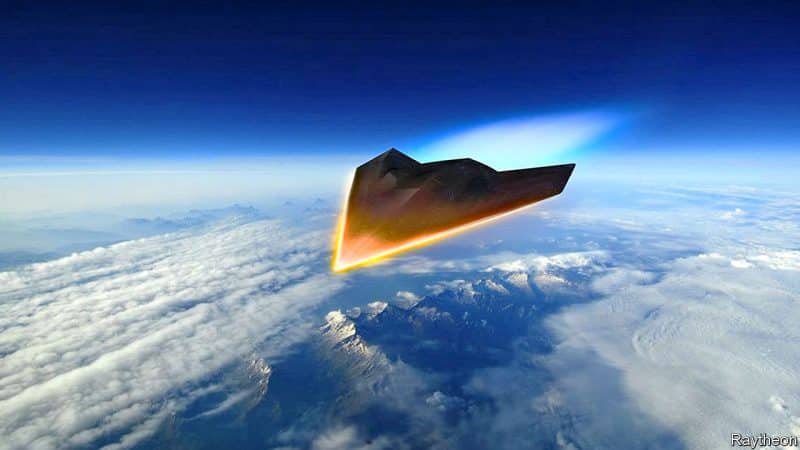An article by Demetri Sevastopulo and Kathrin Hille published this weekend on the Financial Times website, has put the Western defense community in turmoil. We learned there, in fact, that according to the information gathered by the two journalists, China would have proceeded, during the month of August of this year, to the test of a new strategic hypersonic weapon system likely to thwart the set of detection systems and Western anti-missile defense, and more specifically American, using a Fractionated Orbital Bombardment System, or FOBS according to the English acronym. Indeed, it would seem that such a system was put into orbit on the occasion of the 77th launch of the Long March 2C rocket, and that it followed its planned orbital flight plan until its atmospheric reentry and its impact. in the China Sea. The only downside is that it seems that precision is not yet essential, since the hypersonic vehicle would have missed its target by about twenty kilometers.
The information is cause for concern, especially since, by the admission of some Pentagon officials, no one imagined that Beijing had made such significant progress in the very specific area of FOBS, moreover by associating it with a hypersonic glider of atmospheric reentry. And for good reason ! If such a technology were to become operational, Beijing would have the possibility of placing in orbit strategic systems equipped with nuclear warheads which would then be able to evolve in orbit around the planet, until the decision to attack, or until the decision to attack. '' that they have reached an optimum position to conduct this, for example by not passing through the North Pole to attack American territory, where the anti-ballistic detection and interception systems are precisely positioned , but not the south pole, without the US anti-ballistic defenses being able to intervene. In addition, where the firing of a ballistic missile is quickly detected by the American or Western surveillance systems, the putting into orbit of such a system could go unnoticed, constituting in fact an unparalleled first strike weapon.

The principle of fractional orbital bombardment is not, strictly speaking, new. The Soviet Union had thus undertaken to develop such a system in the 80s to counter the false “Strategic Defense Initiative” of Ronald Reagan. At the time, it was a question of placing a vehicle capable of transporting independent atmospheric reentry systems MIRV in orbit, so as to be able to deploy them in a very short time and on unpredictable trajectories if necessary. In the case of Chinese technology, the MIRV, which remains a simple, non-maneuvering ballistic vehicle, would have been replaced by a hypersonic glider, capable of maneuvering during all the reentry phase while maintaining hypersonic speed, and thus avoiding Anti-ballistic systems based on kinetic impactors, making the device even more difficult to detect and almost impossible to counter with the anti-ballistic systems existing today.

75% of this article remains to read,
Subscribe to access it!
The Classic subscriptions provide access to
articles in their full version, and without advertising,
from 6,90 €.
Newsletter subscription
Register for the Meta-Defense Newsletter to receive the
latest fashion articles daily or weekly

